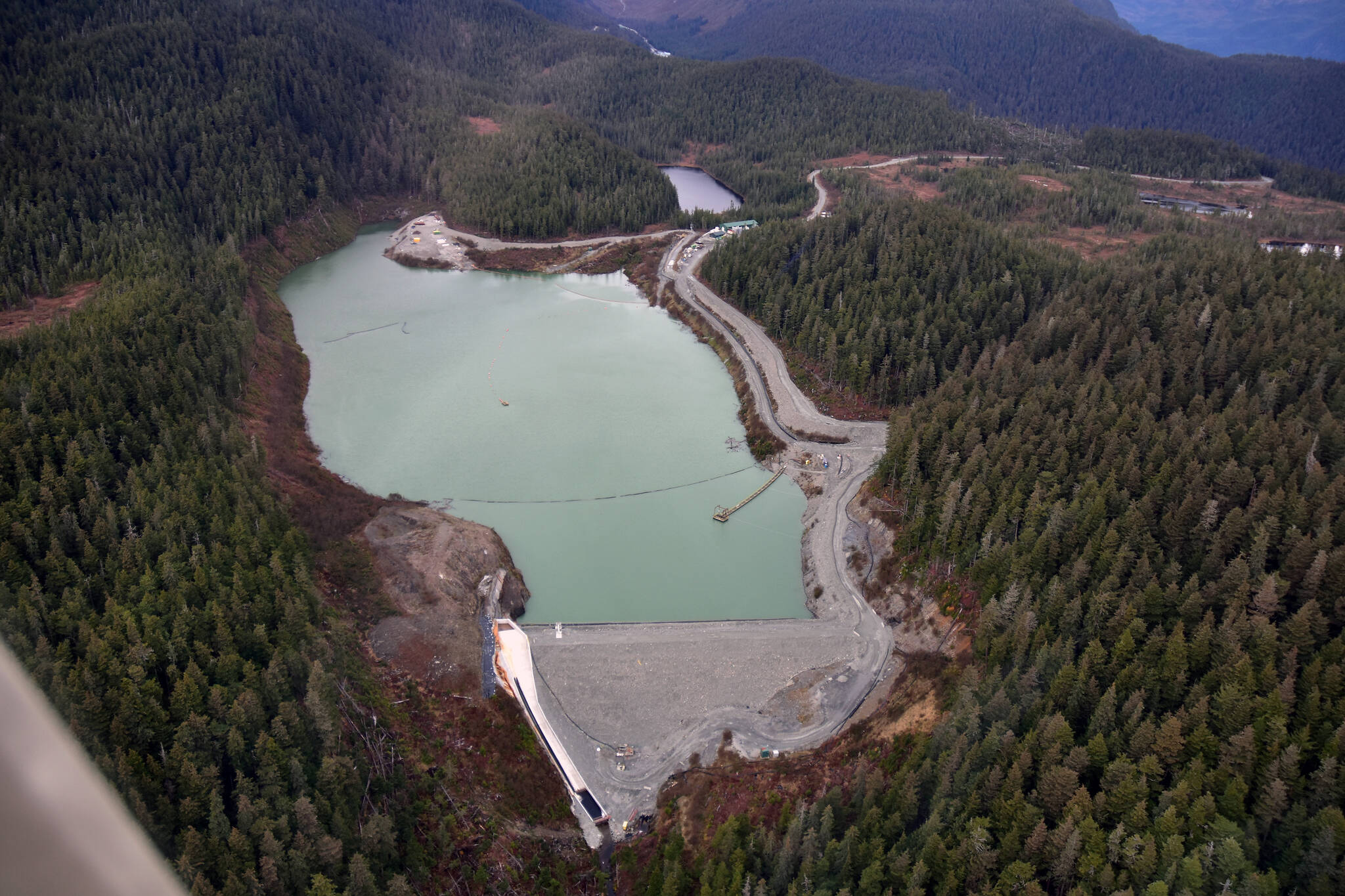The U.S. Forest Service on Thursday announced a decision to move ahead with a plan to extend the life of Kensington Gold Mine by at least 10 years.
The plan allows for additional disposal of wastewater created when mineral is extracted from ore, known as tailings, and waste rock as well as changes to roads, pipelines, pumps, power lines and stormwater diversion channels, according to the Forest Service. The plan will proceed in phases.
“The phased approach for the Kensington project allows for continuous site operations in a safe, environmentally sound, technically feasible, and economically viable manner, while complying with regulatory requirements,” said Earl Stewart, Tongass National Forest supervisor, in a statement. “I appreciate the time and open, candid discussions offered by those who submitted concerns during the objection period, and I encourage each of them to continue to engage as the Kensington project is implemented.”
The proposed plan generated hundreds of public comments from residents, organizations and agencies.
Public comments submitted in opposition to the project often noted risk posed to fish in the event of dam failure, the environmental impact of holding back additional water and objected to the additional waste and emissions associated with expanding the mine’s life.
Public comment submitted in support of the project generally touted the economic benefits of the mine, which according to the Forest Service provides about 350 jobs.
In a statement shared with the Empire, Coeur Alaska, which owns and operates the mine located about 45 miles northwest of Juneau, said: “Coeur Alaska is pleased to announce that yesterday, February 24, 2022, the United States Forest Service (USFS) issued its Final Record of Decision (ROD) to amend Coeur Alaska Kensington mine’s Plan of Operations (POA 1) to extend mining operations for many years to come. The decision was based on science, community input, and years of study and analysis and allows Coeur Alaska to continue the mining practices that we have been advancing since production began in 2010. The final ROD is not the culmination of the permitting process but is an important milestone for us. Now that we have a final ROD, we will continue to work with Federal, State and local regulators to execute the plan and permit the facilities. We commend the USFS and the cooperating agencies on their work that allows us the opportunity to continue to produce important minerals, provide high-paying jobs, and contribute to economic diversity in our region for many years to come.”
Under the approved plan outlined in the final record of decision, Coeur Alaska will be able to:
■ Raise the tailings treatment facility dam by 36 feet and construct a 40-foot-high back dam between the facility and upper Slate Lake. This would increase tailings disposal capacity by 4 million tons to 8.5 million tons.
■ Continue to backfill about 40% of the tailings produced, which is consistent with current operations.
■ Relocate components of the seepage collection system.
■ Expand the size of an existing pit and comet waste rock storage facilities to provide an additional 2.7 million tons of capacity.
■ Construct a new pipeline road waste rock storage area to accommodate a 2.3 million-ton capacity.
■ Increase the mill throughput rate from 2,000 to 3,000 tons per day.
■ Enhance Dolly Varden char spawning habitat by constructing two deltas as well as a new stream channel to reroute Fat Rat Creek to South Creek and over 3 acres of new temporary access roads across the two deltas; and replace three culverts so fish can pass.
■ Construct 1.75 miles of new access road.
• Contact Ben Hohenstatt at (907)308-4895 or bhohenstatt@juneauempire.com. Follow him on Twitter at @BenHohenstatt.

